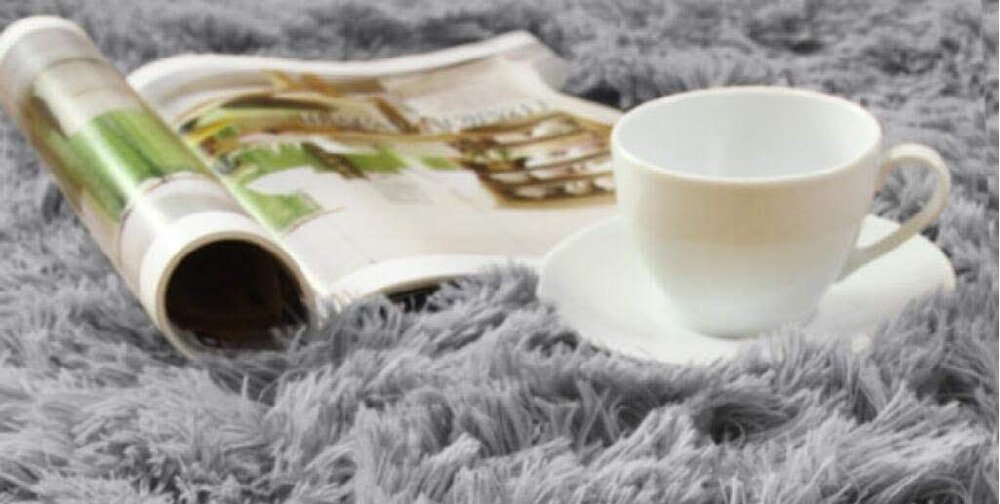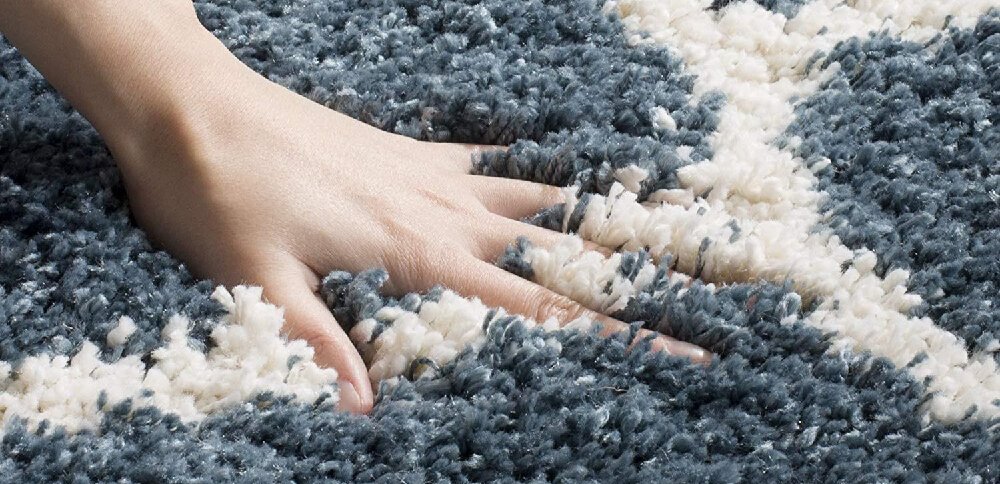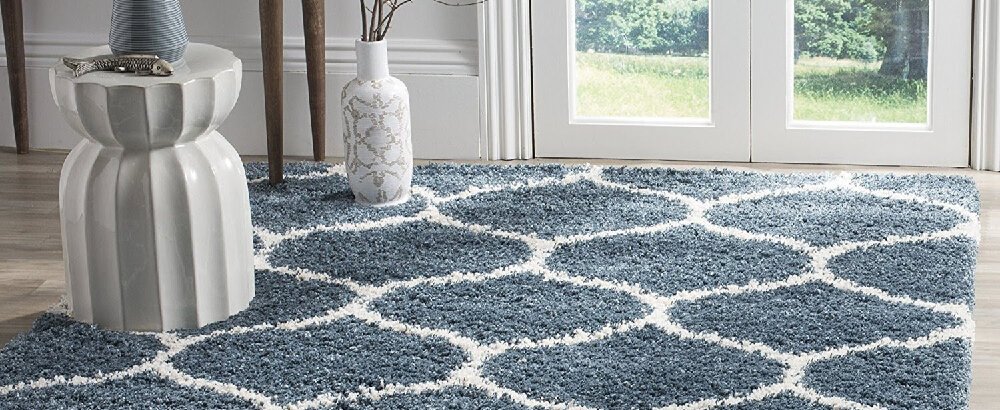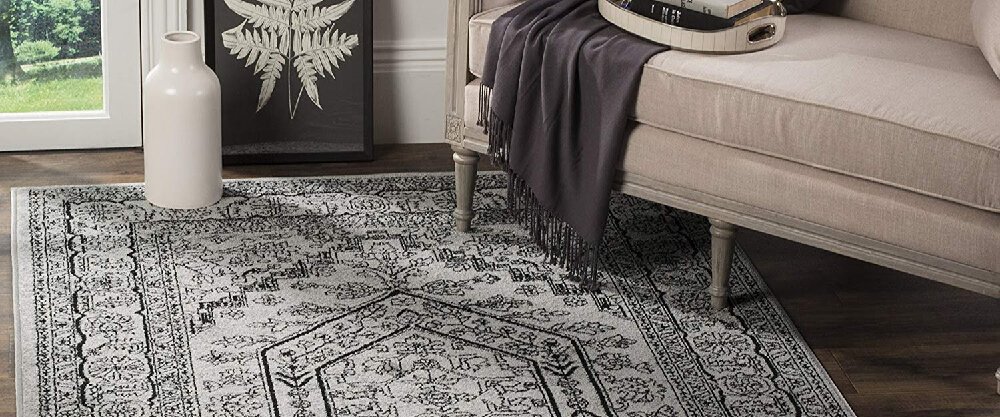Mold – It’s unsightly; it causes odors; it exacerbates asthma and allergies. When you find patches of white, green or gray mold on your carpet, you must address the problem immediately as mold spores can spread quickly. There are three effective ways you can get mold out of your carpet, none of which are expensive. All you need is a little time and elbow grease.

Before You Begin
You need to protect your lungs, sinuses, and skin from the mold spores on your carpet. Before you start cleaning, take a minute to don some protective gear. You don’t need anything fancy, just some disposable gloves, goggles, and a dust mask.
In addition, you should ventilate the room. Open all the windows in the room. If there are no windows, at least open the door and position a fan in front of the door with the blades facing outward. Proper ventilation will keep mold spores from resettling on the carpet, speed up drying time and help dissipate strong smells made by some cleaning products.
Carpet Cleaners | Recommended
Determining the Depth of the Problem
Sometimes, a carpet has more mold than what you see on the surface. Pull up the carpet and check its backing and the padding underneath the carpet. If there is mold on the backing, you must clean the backing along with the carpet fibers. Otherwise, the mold will reappear on the surface. If you see mold on the padding, you should remove and replace the moldy section, which is a cheap and easy fix.

If the Carpet Is Damp
Mold thrives on moisture, so it’s important to remove this food source. For slight dampness, dust the moldy area with baking soda or no-talc baby powder. Alternatively, you can pour cat litter on the spot. Let whichever material you use stay on the carpet overnight. Then, vacuum the area the next day, preferably with a HEPA vacuum cleaner that’s designed to trap allergens like mold spores.
First Way – Bleach, Isopropyl Alcohol or Methylated Spirits
Bleach, isopropyl alcohol, and methylated spirits all work effectively at killing mold, and they’re budget-friendly too. Pick one and stick with it because mixing chemicals may create dangerous fumes. If you choose bleach, dilute it and spot test an inconspicuous area of the carpet to make sure the bleach won’t discolor the fibers.
Pour your chemical of choice into an empty, clean spray bottle. Then, spray all visible mold until the area is fully covered, including the backing if necessary. Allow the diluted bleach, isopropyl alcohol or methylated spirits to sit on the carpet for about 15 minutes. After you let the carpet fibers absorb the cleaning solution, scrub the moldy spot with a stiff-bristled brush until you no longer see any mold.

Second Way – Tea Tree Oil or White Vinegar
If harsh chemicals don’t appeal to you, there are natural substances you can use to remedy the mold situation on your carpet. Tea tree oil is known for its antibacterial properties, and white vinegar is the thrifty, natural choice for all kinds of cleaning chores from whitening laundry to disinfecting surfaces.
As you would with diluted bleach or isopropyl alcohol, put the white vinegar in an empty spray bottle (you don’t have to water it down). If you opt to use tea tree oil, the oil-to-water ratio is one teaspoon of tea tree oil to one cup of water. Then, spray the area and allow the tea tree oil or white vinegar to sit for an hour. Next, scrub the area vigorously with a stiff brush until the mold is gone.
Third Way – Carpet Shampooer or Steam Cleaner
Carpet shampooers and steam cleaners are must-haves for anyone who has carpet in their home. If you’re using a carpet shampooer, drop in a teaspoon of dish soap after you fill the shampooer’s reservoir with water. Then, operate the carpet shampooer per the manufacturer’s instructions.
If you decide to use a steam cleaner, you don’t need to add any soap. The hot temperature of the steam will eradicate the mold. Again, simply use the steam cleaner according to the manufacturer’s instructions.

Post-Cleanup Drying
There is more to mold eradication than just using one of the three aforementioned removal methods. Regardless of the way you choose to address the mold, you’re still left with a damp carpet. Since moisture provides mold spores the right conditions to proliferate, drying the carpet is your next order of business.
You can employ one, or a combination of, these methods to dry your carpet:
If the area you cleaned is small, you can blow dry it with a hair dryer turned up to its hottest setting. You can also lay a clean, dry towel on top of the area and apply pressure to pull the wetness from the carpet fibers.
Larger wet areas require a different approach. As you did before you cleaned the moldy spot, open the windows in the room. Additionally, put a heater or a fan in front of the wet portion of the carpet to quicken the drying time. If you own a dehumidifier, turn it on and let it run for a couple of days.

After the Carpet Dries
When the carpet is completely dry, you should vacuum the treated area again. This is a time when a HEPA vacuum cleaner comes in handy. By using a HEPA vacuum, you can get rid of any remaining mold spores.
Throughout the next month, examine your carpet daily. Check to make sure there are no signs of new mold growth. This is particularly important if you treated the backing of the carpet. If you don’t see any mold after a month, you should be home free.
Preventing Mold Growth on Carpeted Floors
Stop mold before it starts growing by following a few prevention measures:
Adequate ventilation is the key to mold prevention. Run a fan or open a window after taking a shower or cooking a hot meal. If high humidity is a problem where you live, run a dehumidifier around the clock or at least during the night.
Vacuum your carpets frequently – every day or every other day. By keeping your carpets clean, you can remove mold spores before they become a big issue. You may also use an air purifier, which removes airborne spores and prevents spores from settling into the carpet.
Be careful about what you put on your carpet. It’s best not to place potted plants on your carpet. If you do, put the pot on top of a rubber tray. Also, avoid piling firewood directly onto the carpet. Put down a plastic sheet first or use a plastic container.


If you have any questions or comments, please add them below in the comment section. Similarly, please let us know if you spot any mistakes or omissions. Thanks!
Last Update: 2024-04-25 | Affiliate links/Images from Amazon Product Advertising API



